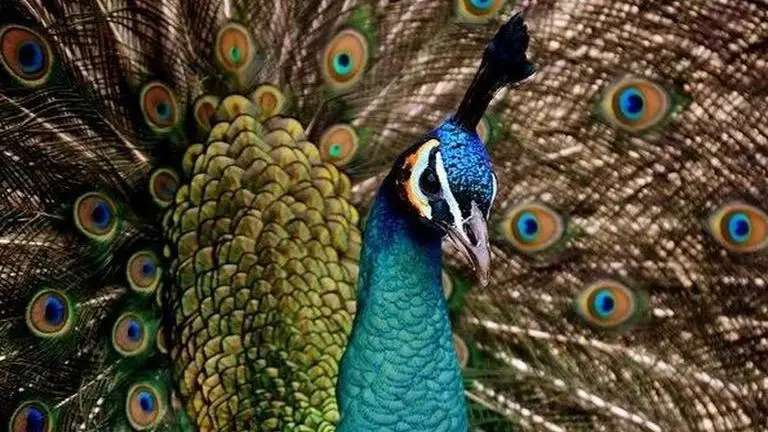Updated 18 February 2020 at 02:41 IST
While Peacock population on the rise in India, 80% of other birds record decline: Report
According to the State of India's Bird 2020 report, population of peacock has dramatically increased, while other bird species are declining catastrophically.
- India News
- 3 min read

According to a report by State of Indias's Bird 2020, the population of India's national bird, the Peacock/Peafowl, has dramatically increased in the last few decades. The report also stated that the number of other Indian birds like vultures and eagles had dramatically decreased all across the country.
Over 800 Indian bird species analysed
The State of India's Bird 2020 report was released at the 13th Conference of Parties of the Convention on the Conservation of Migratory Species of Wild Animals (under the UN). The conference was held at Gandhinagar in Gujrat. The report indicated that other than the Peafowl, all other India birds have experienced a population decline. Almost 80 per cent of the 867 species of birds population in India has been on decline in the past five years, with close to 50% declining strongly.
Over 15,000 birdwatchers from across the country contributed to the database. As per the data, 101 bird species had been classified as high conservation concern. The report also mentioned that the bird species that experienced the greatest decline were raptors, migratory shorebirds and habitat-specific birds like the White-rumped Vulture, Richard’s Pipit, Indian Vulture, Large-billed Leaf Warbler, Pacific Golden Plover and Curlew Sandpiper.
According to the report, the bird species that had experienced an increase in population alongside the Peacock were the Rosy Starling, Feral Pigeon, Glossy Ibis, Plain Prinia and the Ashy Prinia.
Advertisement
Advertisement
The report established long-term trends for 261 species of birds and determined that 52 per cent of those species have declined since 2000, 43 per cent showed stable long-term trends while 5 per cent displayed an upward trend.
The report indicated that while the House Sparrow has been found to be roughly stable across the country, it has experienced a major decline across 'major cities'. One of the factors that is believed to be contributing to their steady decline in 'major cities' is the lack of insect populations that make up for a large part of their diet.
The increase in the numbers of Peacock across India has been attributed, in the report, to a combination of factors. Conservation efforts and associated penalties for poaching and poisoning under Schedule I of the Wildlife Act are some of them. Peacocks expanded their range in Kerala where it was previously absent due to the state’s “overall drying trend”.
Ashoka Trust for Research in Ecology and the Environment (ATREE), Bombay Natural History Society (BNHS), Foundation for Ecological Security (FES), National Biodiversity Authority (NBA), National Centre for Biological Sciences (NCBS), Nature Conservation Foundation (NCF), Sálim Ali Centre for Ornithology and Natural History (SACON), Wetlands International South Asia (WI-SA), Wildlife Institute of India (WII) and World Wide Fund for Nature India (WWF-India) also contributed to the database that was used in the report in addition to citizen data from birdwatchers.
(Image Credit: Pixabay)
Published By : Shubham Bose
Published On: 18 February 2020 at 02:41 IST
